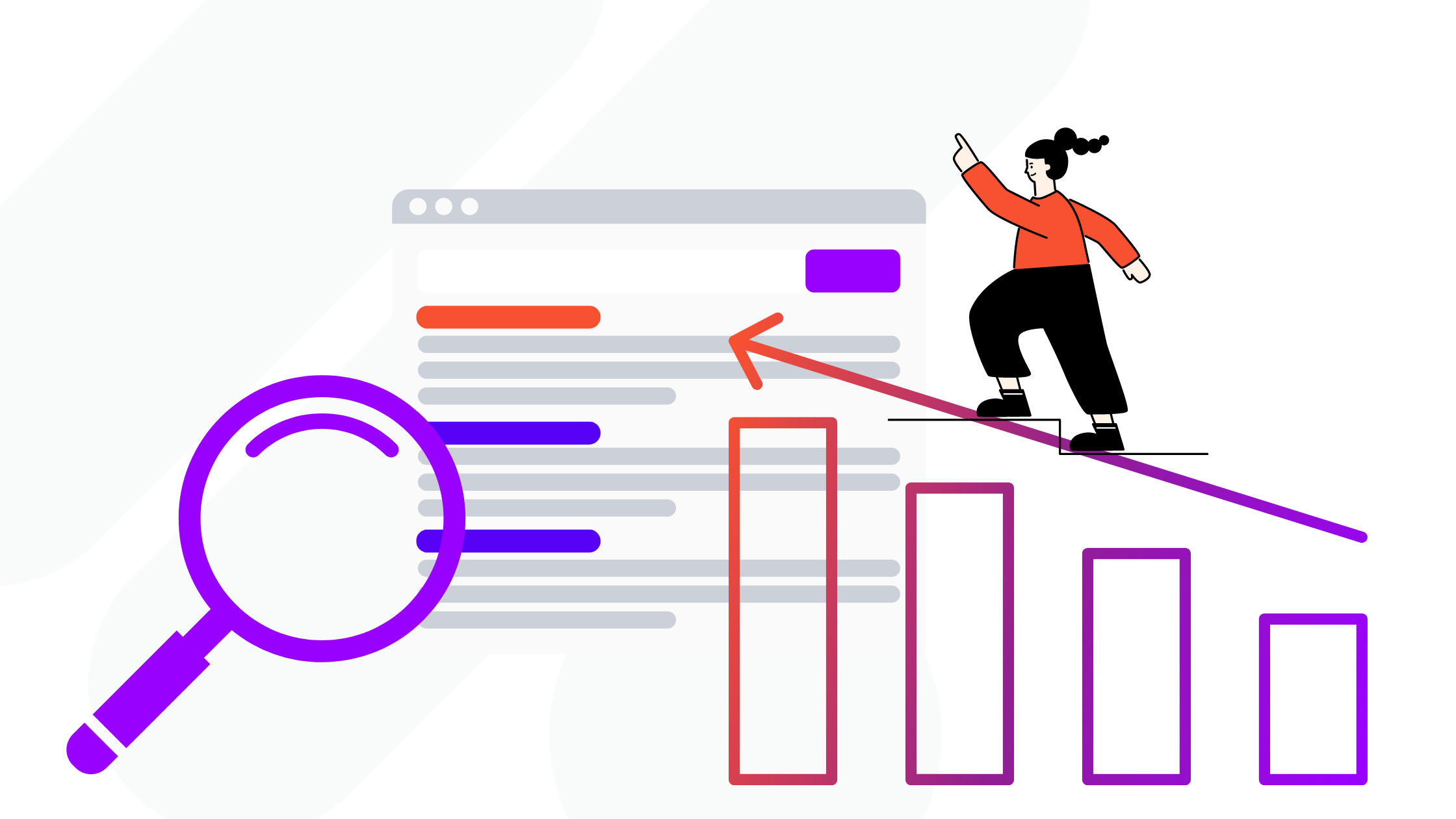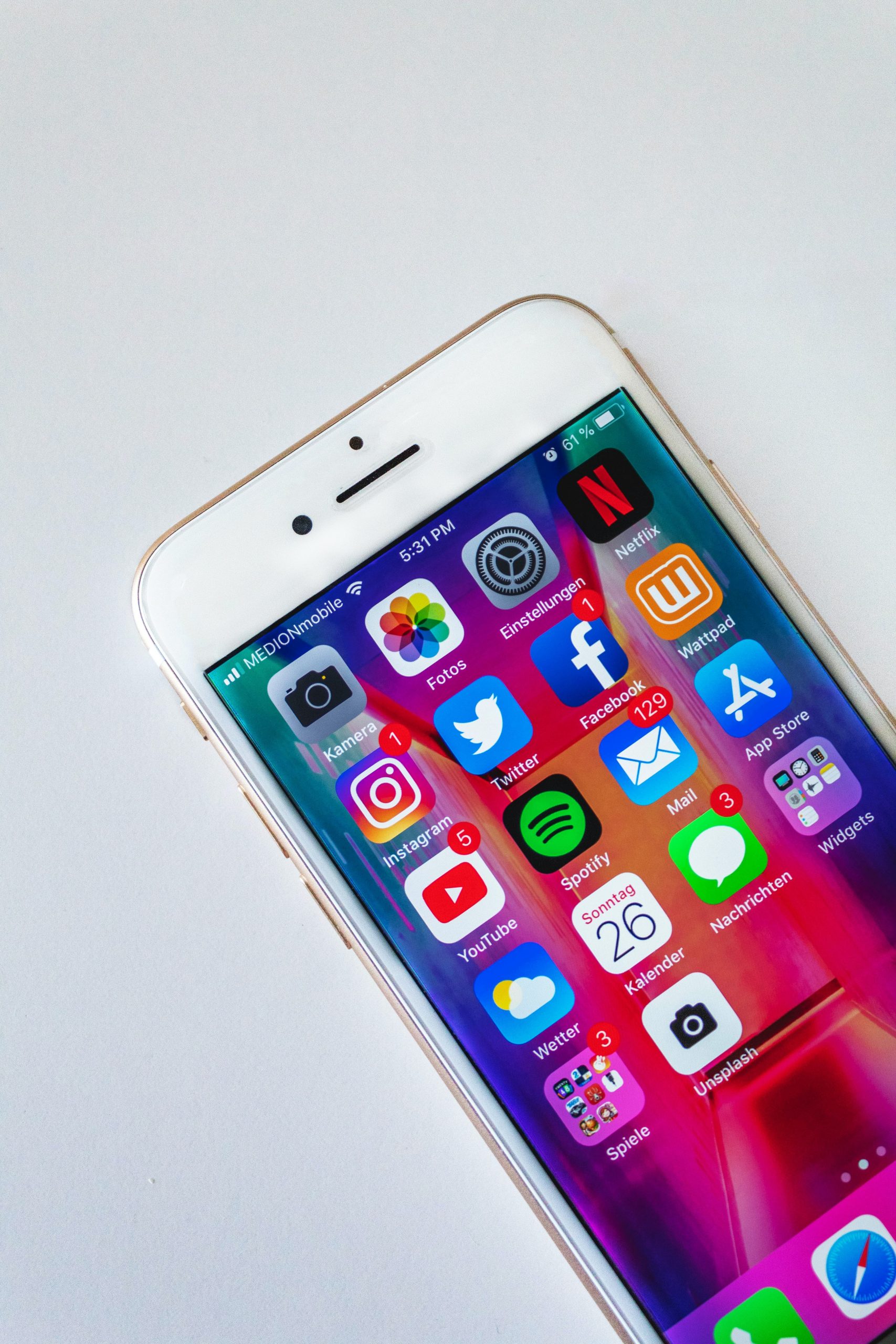As marketers, we need to react. Businesses are already beginning to increase their focus on apps as a centerpiece to the way brands go to market and we’re seeing investment in the app space increase fourfold.
Whether you already advertise your app or you are planning to, it is important to consider the factors that lead to a successful campaign, the biggest mistakes to make, and the value of creatives.
1) Not Giving Creatives Enough Credit
It has to be said that brands do not give creatives all the credit that they deserve – surprising in an industry where visuals have the influence to make you stand out from the competition. We tend to see limited resources and low investment allocated to the creative department simply because direct return on investment may not be clearly seen in a performance report and production can be expensive.
The reality is that control and success lie on a creative-mindset and assets can be the most powerful levers for performance, especially for marketers using Google App Campaigns where campaigns leverage ML and control is already limited. It’s also important to think about Apple Search Ads; despite being a keyword driven channel, app icons, screenshots and video previews are the first things you see when you click through an ad and are probably the biggest factor of influence to drive users to download.
In short, ignoring creatives is the biggest mistake brands can make.
2) Repurposing Creatives Across Channels and App Stores
As a result of limited resources a common mistake that we see is repurposing creatives that were made for another channel, without thinking about the individual channel goals and differences in performance. It’s important to keep in mind that a creative made for paid social may not resonate and deliver the same engagement on Google App Campaigns. This logic should also be applied to the Apple App Store and Google Play when we look at App Store optimization – since these platforms not only differ in the design itself, but also traffic to a different user base. App Tweak suggests that the consequences of using Google Play creatives on the Apple App Store can lead to a 20%- 30% decrease in installs.
So while it is important that cross-channel learnings are shared, there should still be an element of testing and customization tailored to the platform’s individual performance. And brands should avoid a one-size-fits-all approach.
3) Overloading Your Campaigns With Changes
We get it, creatives are exciting and marketers can get carried away looking to test out many different asset variations in one go, however you should always look to isolate each element and test one variable at a time so you’re confident about the impact it’s making on performance. Both app stores offer creative testing capabilities from A/B testing to creative sets which can be used to drive informed decisions on future assets. However, when resources are limited, it’s worth considering micro-testing as a low-cost option which can deliver rewarding results.
When analyzing performance this should be done at asset level but avoid making too many changes too frequently. From a Google App Campaign perspective, AI and ML require time for algorithms to adjust and determine what works best. Overloading the algorithm can shock the system, causing significant fluctuations in performance. That being said, changes should be made gradually and at least every two weeks following Google’s recommendations.
Be patient, it’s rare to see an immediate change in performance driven by creative refinement so you should aspire to run tests for a longer period of time to give you confidence on your results, and avoid thinking that creative changes don’t matter.
4) Not Optimizing for the Right Audience
Understanding who you’re targeting and what point they find themselves within the customer journey is vital to resonate with your audience. Going back to the mistake of repurposing existing creatives, we also see brand-focused assets which were once created to build awareness used to drive lower-funnel actions like app installs or re-engagement. The reality is that you can’t hold them to the same expectations of performance.
You want to segment your ad groups by themes, specific to app features – for example if you had a wellness app you could have creatives focused on nutrition and others on meditation. This way your creatives will be relevant to your target audiences and even though you may not be able to change your targeting, Google’s algorithm will learn over time what theme resonates best with certain users. For the Apple App Store, you’ll soon be able to create up to 35 custom product pages with varying promotional text, screenshots, and app previews for different audiences.
Similarly you should also look to align your creatives to your campaign goal, so whether this is awareness, installs, conversions or even retention and loyalty – here is where the call to action will differ and you can set your campaign to optimize towards the relevant event.
5) You’re Not Testing Enough
With creatives being such a powerful lever to succeed with app campaigns we’d encourage brands to have a pipeline of creatives ready to test and build on the back of it. You want to be able to better understand your target audience and find out what tone of voice they resonate with. You also want to be able to test many concepts at once and understand what engages your audience. This could be testing all different app features and pausing what isn’t working and focus on what is. Once you have your top 3 concepts that work you can continue to refine them based on performance driven by small iterations.
The answer is test, test and test even more! As a marketer, you need to understand that your customers continue to evolve and creatives need to be continuously updated to maximize performance.


